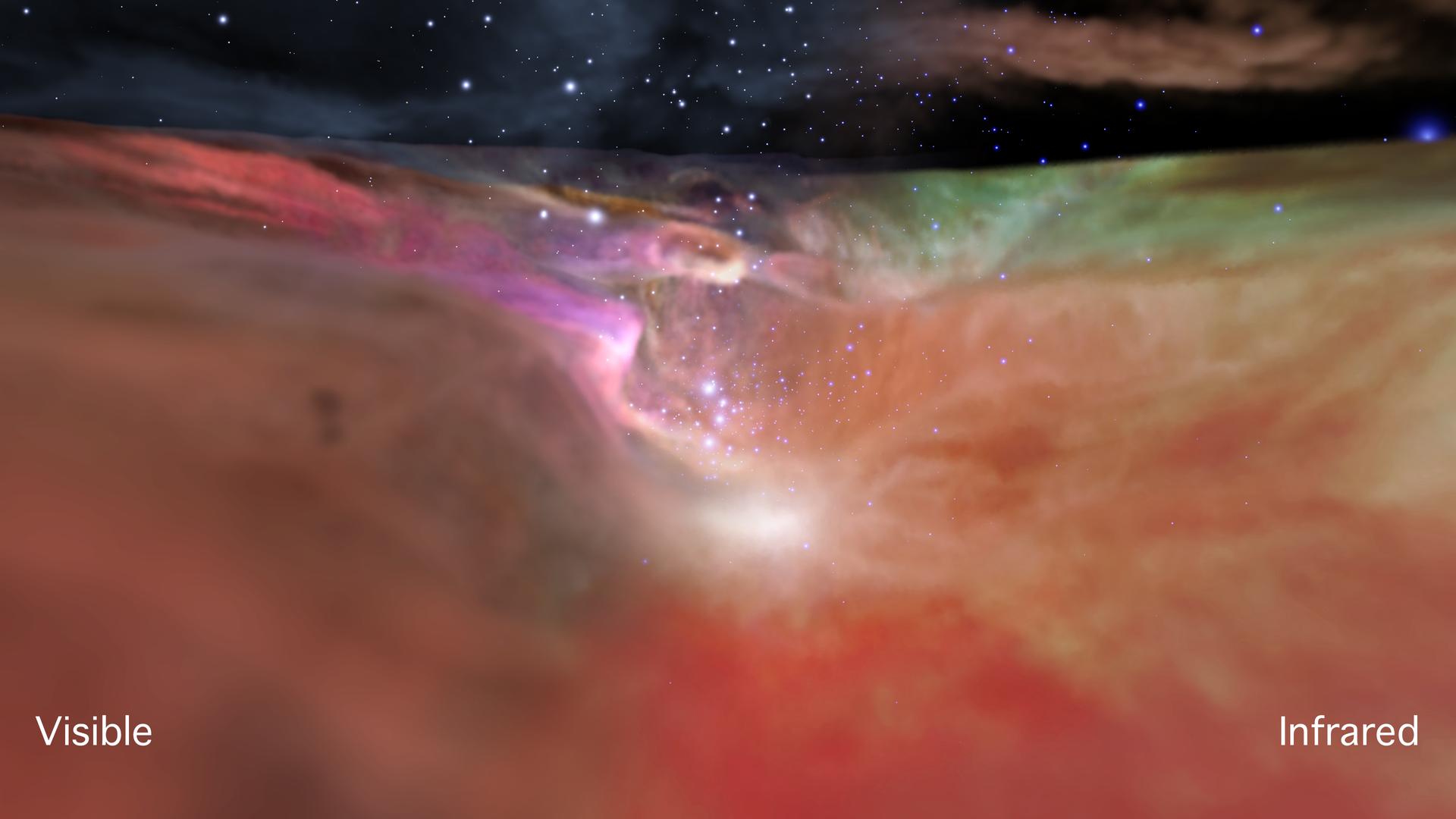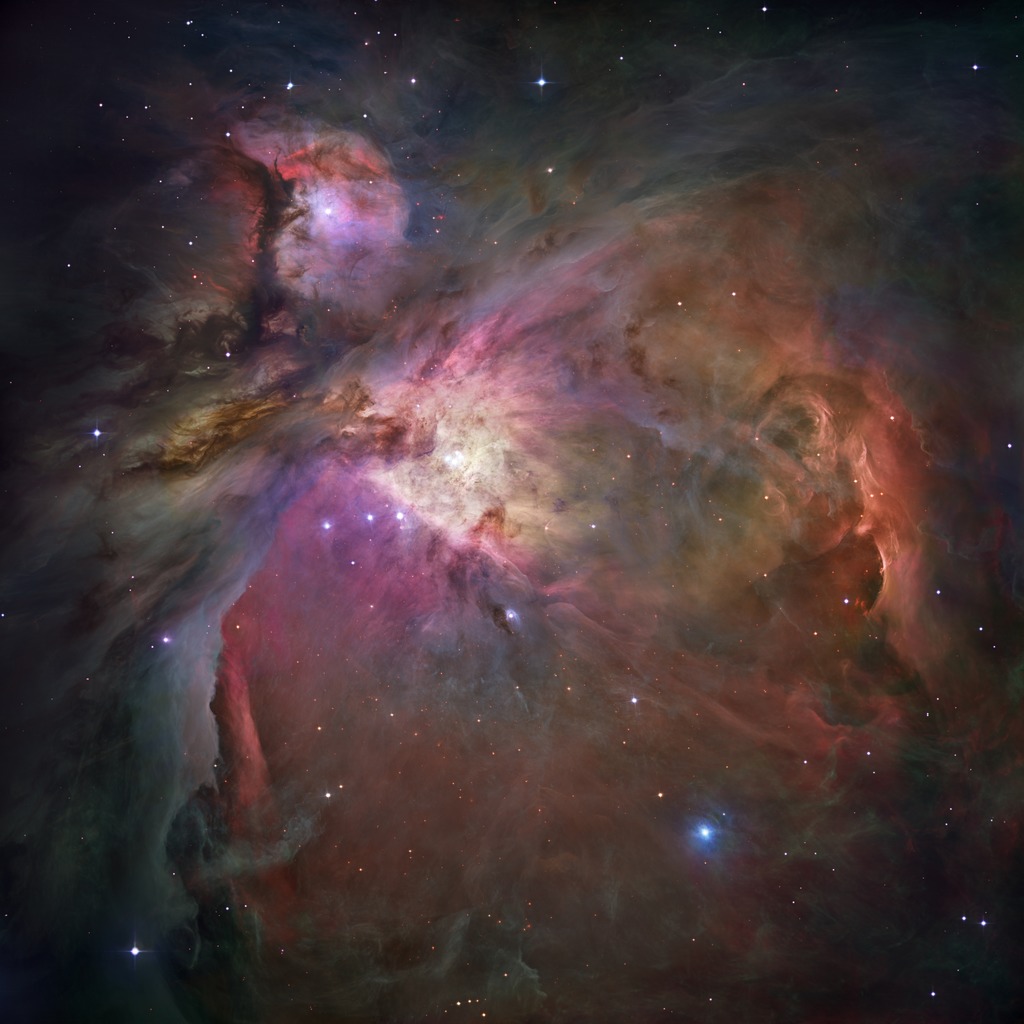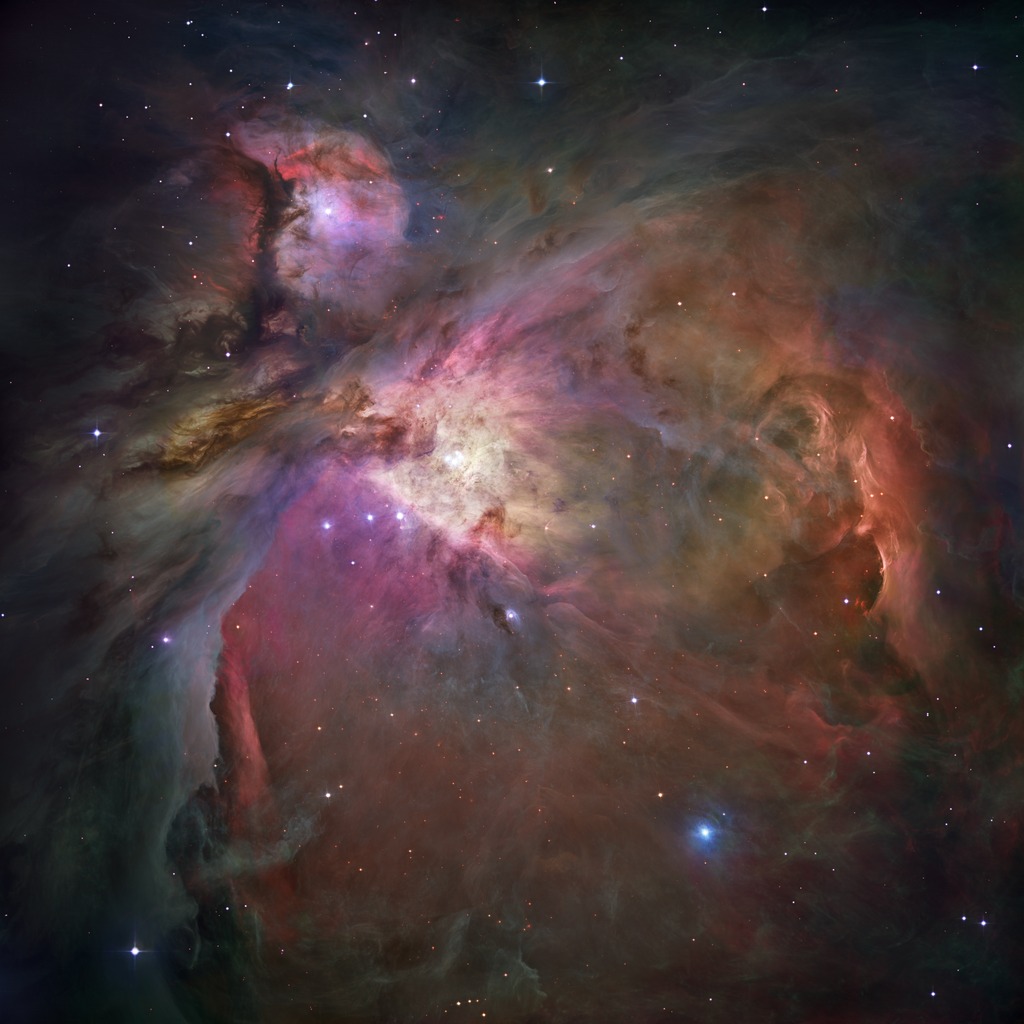Hubble Shows Torrential Outflows from Infant Stars May Not Stop Them from Growing
Though our galaxy is an immense city of at least 200 billion stars, the details of how they formed remain largely cloaked in mystery.
Scientists know that stars form from the collapse of huge hydrogen clouds that are squeezed under gravity to the point where nuclear fusion ignites. But only about 30 percent of the cloud’s initial mass winds up as a newborn star. Where does the rest of the hydrogen go during such a terribly inefficient process?
For more information, visit https://nasa.gov/hubble.
Credit: NASA's Goddard Space Flight Center
Paul Morris: Lead Producer
Additional Visualizations:
Zoom In To Star Formation: ESA, Silicon Worlds
Wide Image of Orion Complex: Image courtesy of Rogelio Bernal Andreo, DeepSkyColors.com
Herschel and Rosette Nebula: ESA - C. Carreau
Space Cloud: ESA/Hubble (M. Kornmesser & L. L. Christensen)
Zoom out of Milky Way: ESA, Silicon Worlds
Music Credits:
"Winter Solstice" by Laetitia Frenod [SACEM] via Koka Media [SACEM], Universal Publishing Production Music France [SACEM], and Universal Production Music.
Master Version
Horizontal version. This is for use on any YouTube or non-YouTube platform where you want to display the video horizontally.
Vertical Version
This vertical version of the episode is for IGTV or Snapchat. The IGTV episode can be pulled into Instagram Stories and the regular Instagram feed.
Credits
Please give credit for this item to:
NASA's Goddard Space Flight Center. However, please credit individual items as indicated above.
-
Producer
- Paul R. Morris (USRA)
-
Astrophotographer
-
Visualizers
- Martin Kornmesser (ESA)
- Lars Lindberg Christensen (ESA)
-
Technical support
- Aaron E. Lepsch (ADNET Systems, Inc.)
Release date
This page was originally published on Thursday, March 18, 2021.
This page was last updated on Wednesday, May 3, 2023 at 1:44 PM EDT.



